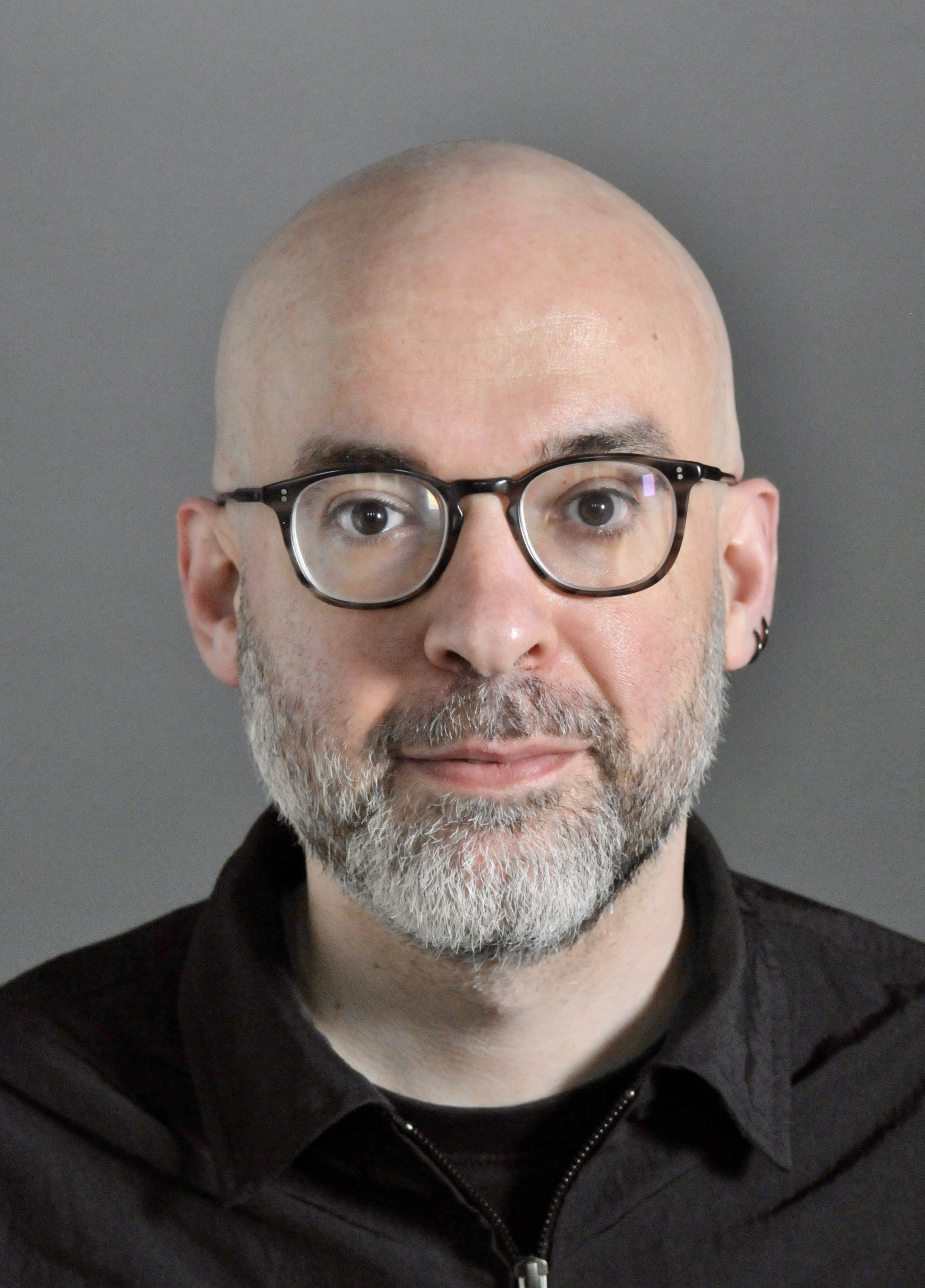I just came across this brief reference in Never Enough: Donald Trump and the Pursuit of Success which makes me think it’s important to read Sontag to develop my case about digital distraction. From pg 63:
Susan Sontag would observe in On Photography that inexpensive photos, produced by the hundreds, created a record that allowed an unprecedented level of self-examination—she called it “self surveillance”—that discouraged spontaneous human expression and encouraged posing and playacting. People were generally too busy to devote much time to considering how they were affected by the media bombardment and simply absorbed it or reacted as best they could.
On pg 113, he also references Lasch’s Culture of Narcissism. A fascinating book I now plan to return to in order to help me develop my current project:
In his 1979 book, The Culture of Narcissism, Lasch described an America in which people accepted that one’s image, whether it was transmitted on television or in a family photo album, was a vital source of identity and power. At the same time, people felt alienated by their work in large corporations and life in sprawling suburbs. Taken together, these developments made vast numbers of people feel dissatisfied and determined to relieve their anxieties through the development of an appealing image for others to see, complete with the possessions and experiences—fancy vacations captured in snapshots—others could admire.
